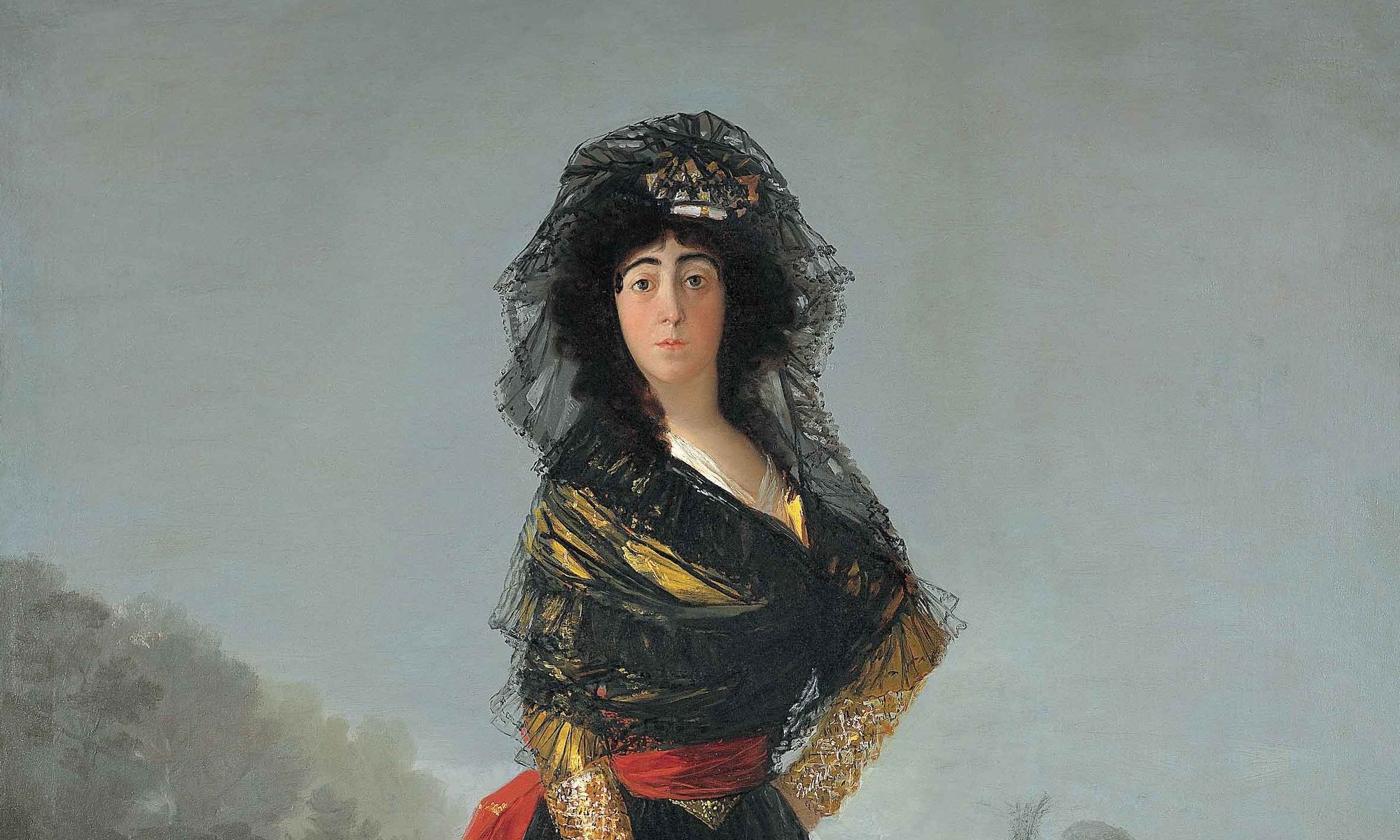Francisco de Goya y Lucientes, The Duchess of Alba, 1797 Courtesy the Hispanic Society of America, New York
In anticipation of the 200th anniversary of Francisco Goya’s death in 2028, and to share and disseminate expert knowledge about the Spanish artist’s work—especially in New York museums collections—the Hispanic Society Museum & Library has announced that it is launching a Goya Research Center this month based in its home in Manhattan’s Washington Heights neighbourhood. The research centre will be led by the institution’s director, Guillaume Kientz—a Goya scholar who was curator of Spanish and Latin American art at the Musée du Louvre in Paris for nine years, who also organised an international symposium on the painter in 2013.
“Goya is such an important artist. His reach goes beyond Spain, or only the 18th and 19th centuries,” Kientz says, who cites print series like Los Caprichos and Disasters of War as especially salient and commenting on the same social issues we see in the world today. “He’s really one of those humanist artists, like Leonardo or Michelangelo or Rembrandt, who resonates through time and space.”
While Goya’s impact on art history may be clear, with artists from Pablo Picasso to the Chapman Brothers acknowledging his influence, Kientz recognises that contemporary research on the artist has been thin. “There are not that many scholars working on Goya in the world, and especially in the US,” Kientz says. “So I thought it was our responsibility to foster a new generation who would dedicate their time and grey cells to Goya.”
The research centre aims to do this by first focusing on works by Goya in New York museum collections—including the Hispanic Society’s own holdings of four paintings, 13 drawings and some 800 prints, and the Metropolitan Museum of Art’s more than 500 works, as well as smaller but key collections of paintings and portraits at the Frick Collection and the Brooklyn Museum. The research centre plans to build a “virtual museum” of these works, conduct provenance research and technical analysis and produce resources for public appreciation of the artist. Among its first projects will be a symposium on the history of American collecting of Goya’s work this autumn or winter, and a year of dedicated exhibitions in 2028. “Perhaps people will be able to download a map and do a Goya tour,” Kientz suggests, “going from Brooklyn to Fifth Avenue [in Manhattan] to the Hispanic Society and seeing all those Goyas together.”
The Hispanic Society of America, New York Courtesy the Hispanic Society
To steer these efforts, Kientz has gathered an expert committee of academics and colleagues from other museums, including the Hispanic Society curator Patrick Lenaghan; the conservator Dorothy Mahon and curator David Pullins from the Met; Xavier F. Salomon, deputy director and chief curator at the Frick; John Marciari, head of prints and drawings at the Morgan Library & Museum; senior curator Lisa Small of the Brooklyn Museum; and independent scholars Janis Tomlinson and Susan Grace Galassi. The committee is due to hold its first meeting on 22 July, with plans to regroup three or four times a year.
While the focus at first will be on New York, Kientz would like to eventually expand the centre’s pool of expertise to encompass collections across the US. “The idea is to grow incrementally, and we hope that other museums throughout the country will join us,” he says. “Very often, a source, a document, an idea will not only apply to one painting but to many others. So it makes a lot of sense to be collaborative and collegial in these kinds of efforts.”
Operating with an annual budget of $200,000 (including overhead costs), the Goya Research Center has been sponsored by the Jasmine Charity Trust in memory of Regina Jaglom Wachter, with additional support from GRoW @ Annenberg and Fundación María Cristina Peterson Masaveu.

